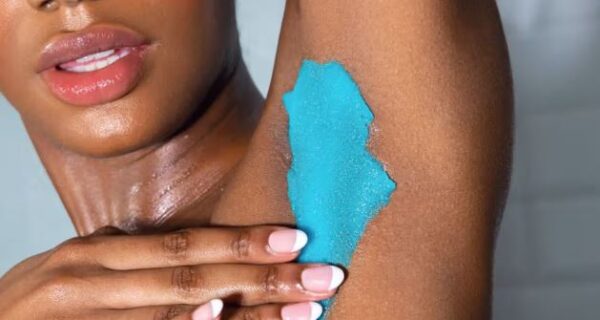Lifestyle
How to simply exfoliate with a wet cloth

Exfoliating with a wet cloth is a simple and effective method to remove dead skin cells and promote smoother, healthier skin.
Here’s a step-by-step guide on how to exfoliate with a wet cloth:
- Start by selecting a soft, gentle cloth or towel. You can use a washcloth, muslin cloth, or any other similar material. Avoid using abrasive materials that can irritate your skin.
- Wet the cloth with warm water. Make sure the water is not too hot, as it can damage or irritate your skin. Warm water helps to open up your pores and soften the skin, making it easier to exfoliate.
- Squeeze out any excess water from the cloth, leaving it damp but not dripping wet.
- Gently massage your face or body in circular motions using the damp cloth. Begin with your forehead, then move to your cheeks, nose, chin, and neck. If you’re exfoliating your body, start at your shoulders and work your way down.
- Apply light pressure and be mindful of your skin’s sensitivity. Do not scrub too hard, especially if you have sensitive or delicate skin.
- Pay extra attention to areas that tend to accumulate more dead skin cells, such as the T-zone on your face or elbows and knees on your body. However, be gentle in these areas to avoid over-exfoliation.
- Continue massaging your skin for about 1-2 minutes or until you feel your skin is adequately exfoliated. Avoid spending excessive time exfoliating, as it can cause irritation.
- Rinse your skin with lukewarm water to remove any remaining dead skin cells and residue from the cloth. Pat your skin dry with a clean towel.
- After exfoliating, it’s important to moisturize your skin to replenish lost moisture. Apply a hydrating lotion or moisturizer suited for your skin type.
- Depending on your skin’s sensitivity and condition, exfoliating with a wet cloth can be done 1-3 times a week. However, it’s essential to listen to your skin and adjust the frequency if needed. If you notice any redness, irritation, or excessive dryness, reduce the frequency of exfoliation.
Remember, everyone’s skin is unique, so it’s essential to find a routine and frequency that works best for you. If you have any specific skin concerns or conditions, it’s always a good idea to consult with a dermatologist for personalized advice.










